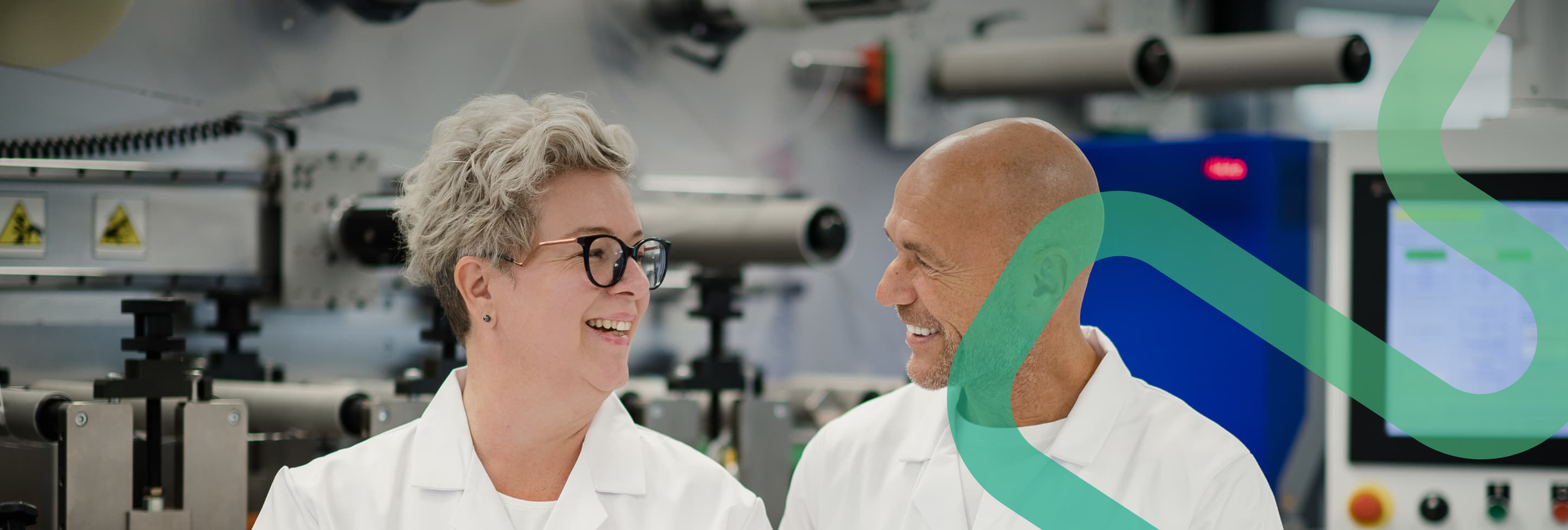Do not let electrode fouling be the enemy of bioanalysis

Electrochemical biosensors are one of the best choices for the sensing of biomarkers due to their high performance, low cost, miniaturization, and wide applicability. However, like for any sensing process, electrode fouling affects severely the analytical performance of the sensor, such as sensitivity, detection limit, reproducibility, and overall reliability. Fouling arises from nonspecific adsorption of different components present in the sensing medium and in particular in complex biofluids such as full blood.
The complex composition of blood where biomarkers are present at extremely low concentrations compared to the rest of the fluid composition makes electrochemical biosensing challenging. Direct biomarker analysis within full blood samples remains however central for the future development in electrochemical-based diagnostics. Herein, we aim to provide short discussion of past and more recent strategies and concepts employed to diminish background noise due to surface fouling and overcome current hurdles for the implementation and commercialisation of electrochemical-based biosensors for medical diagnostics of protein biomarkers in a point of care format.
